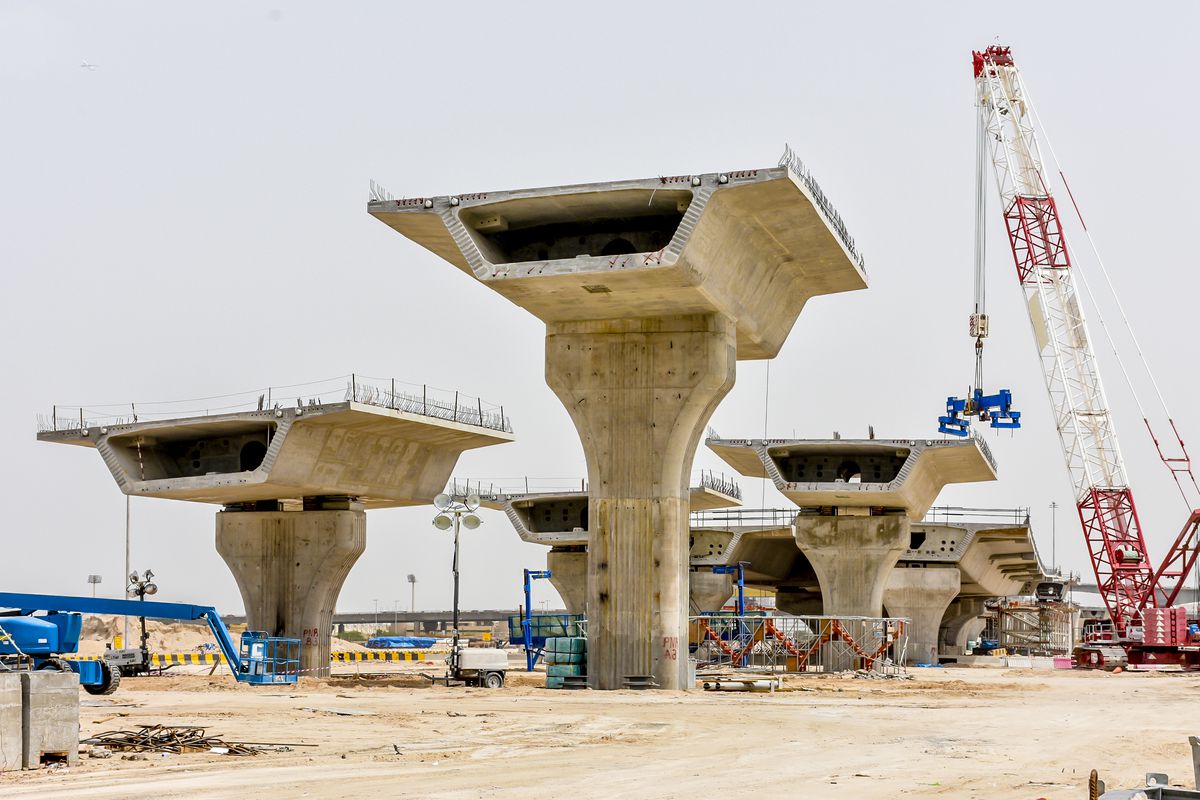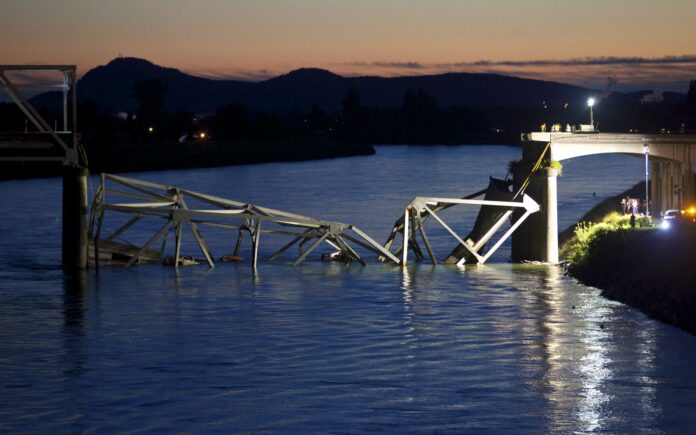America’s infrastructure is crumbling from decades of deterioration, poor maintenance and bad design decisions. One year after one of the worst dam disasters in American history, a forensic audit on the dams design, construction and oversight focuses on the fact that the Oroville Dam in northern California was never designed, constructed or maintained to standards that would withstand the forces of nature that it was intended to forestall.
President Trump announced last week that his administration had proposed a $1.5 trillion construction project to improve Americas ailing infrastructure. His plan is to use $200 in federal dollars to compel state, county and city governments all across the nation to begin investing in, and rebuilding their communities, with federal grant incentives.
Most municipalities in the United States already have agreements with the federal government to receive matching funds for certain city, county and state infrastructure rebuilding projects. Many government grant programs currently allocate 1 dollar of federal money for every 4 dollars spent by local governments, but some programs require an investment of up to 40 times the amount of federal support. With this in mind, Trump has determined that an investment of only $200 million in federal costs will cause other governmental administrations and entities around the country to also contribute – to raise an additional $1.3 trillion.

Why is an investment of this magnitude needed:
Although the Bureau of Labor Statistics often focuses on unemployment rates in America related to the number of individuals who are “actively” seeking unemployment (U-3 index), the actual number of unemployed Americans is much greater, and it is represented in the U-6 index – which measures the amount of people in America who are unemployed, can’t find full time employment or have given up looking for work altogether, and whom are part of the growing underground “shadow” economy. https://www.bloomberg.com/news/articles/2013-03-28/more-americans-work-in-the-underground-economy
The commonly quoted U-3 index only counts the number of people who have actively applied for jobs in the previous 4 weeks, and is thereby only a predictor of work-force participation rates – and not of actual unemployment, but the U-6 index counts all people that are unemployed, even those who have given up looking for work. It is a much more accurate way of understanding the real rate of unemployment in America.
The main fault of the U-3 index is that it reflects an increase of employment during times of extreme unemployment. As people give up looking for work, they are no longer considered to be part of the workforce, so they are not counted in unemployment numbers anymore – and that causes the U-3 unemployment rate to fall, indicating a rise in employment, when it was actually caused by a rise in people who gave up looking for work.
Contrary to the January, 2018 “U-3” unemployment data showing the current unemployment rate being 4.1%, the U-6 index shows that unemployment is actually running at 8.2%. It’s still far better than during the Obama administration, which had a U-6 unemployment rate of over 15% for most of his presidency. The current U6 rate now stands at the same level as it did in 2007, just before before the Great Recession began, but that still leaves many millions of Americans without a job. https://data.bls.gov/timeseries/LNS13327709
With so many unemployed people, Trump had to do something – and the jobs program, cloaked as an infrastructure rebuilding effort, should bolster the economy, rebuild broken bridges, dams and roadways and increase employment opportunities for the millions of Americans who are currently unemployed, but willing to work.
The current administration administration was able to increase the hourly rate of workers in his first year in office but not the amount of hours their employers would give them. So, in effect, although workers wages grew 2.9% last year, the highest rate since 2009, workers actually took home $2.25 less each week in January 2018 than they earned each week in December 2017 because the workers’ average hours worked each week fell from 34.5 hours to 34.3 hours for the two months between December and January 2018.
The nationwide jobs program and infrastructure rebuilding plan could add $1.5 trillion to the American economy, and force employers to hire new workers. This money would theoretically trickle down to from employer to employees, and other ancillary businesses across the country to hopefully bolster the economy and propel the next generation of Americans to greatness.

